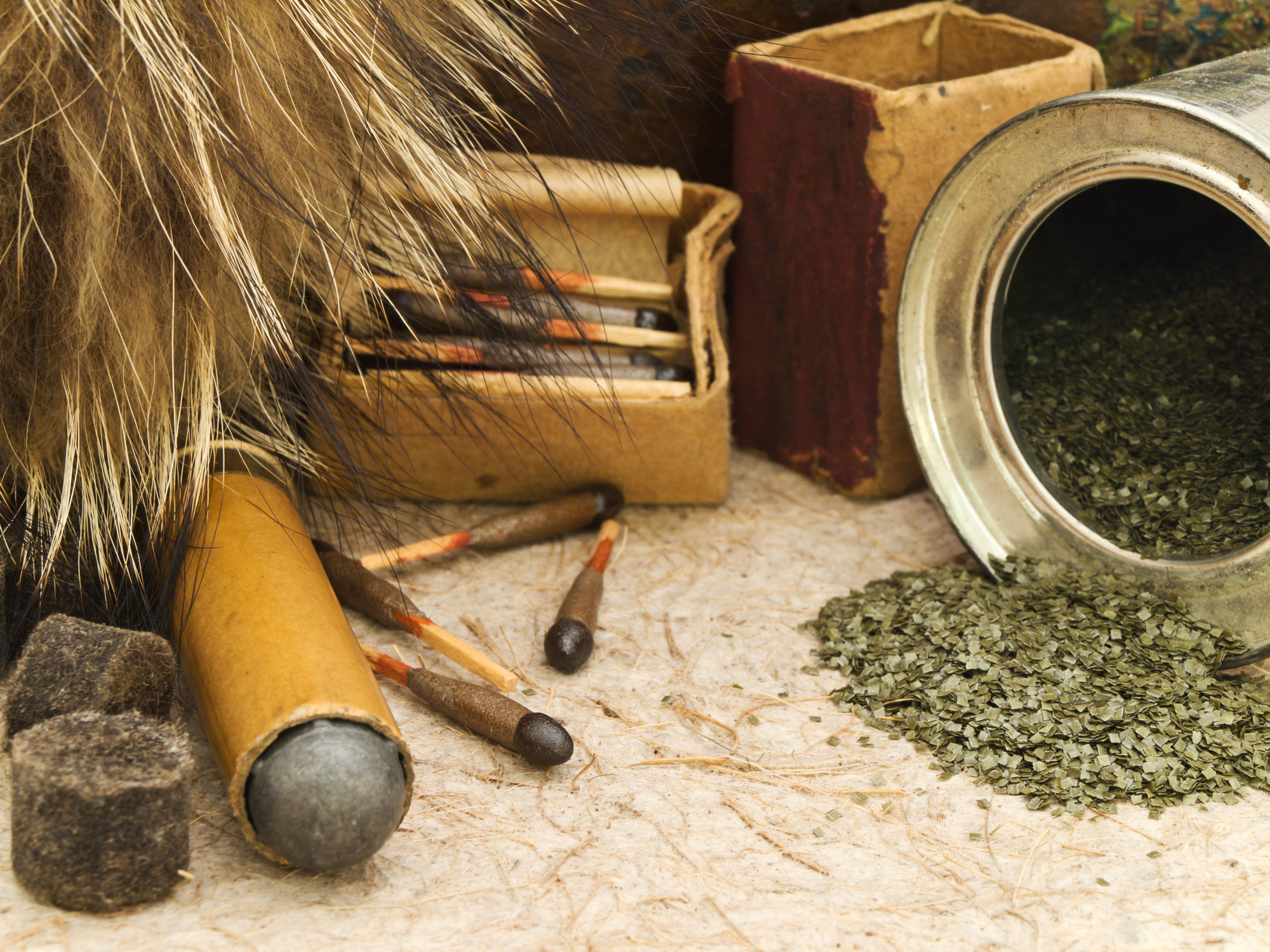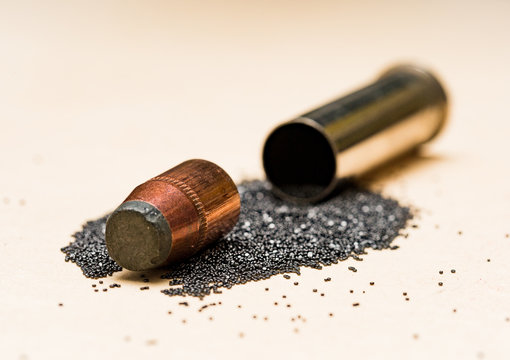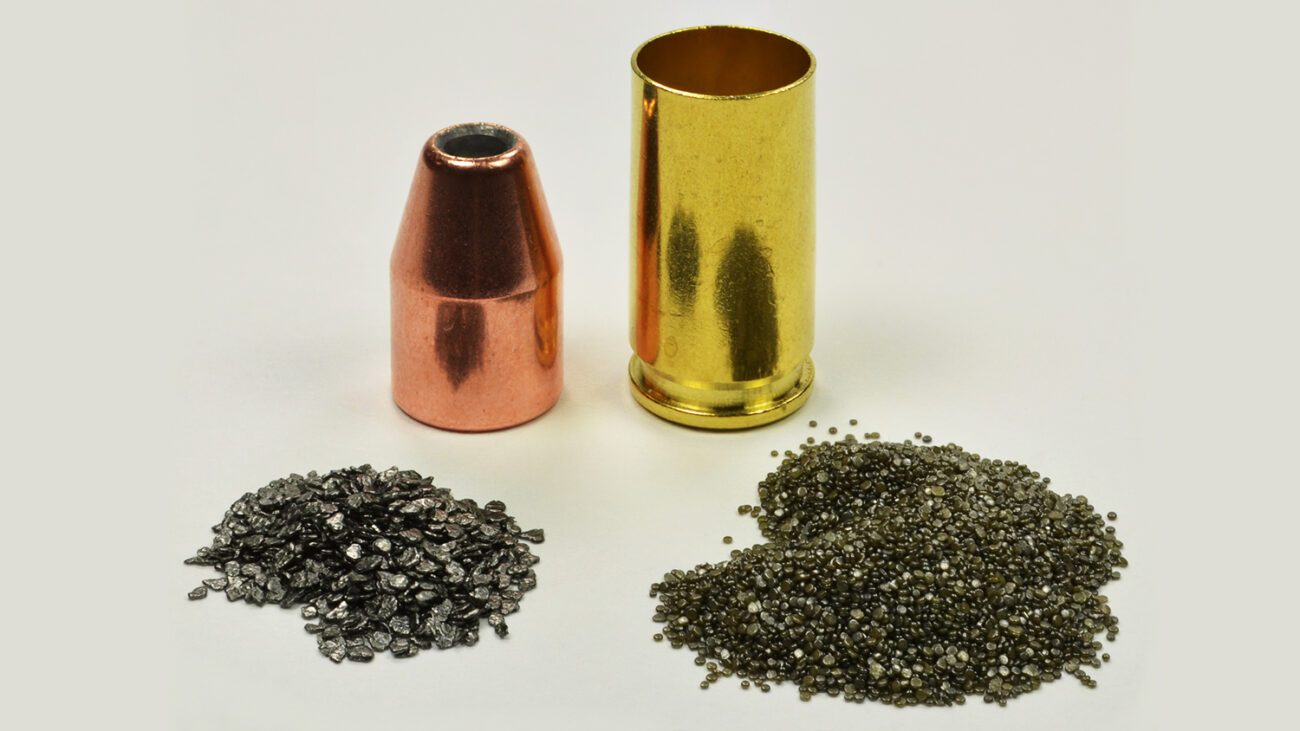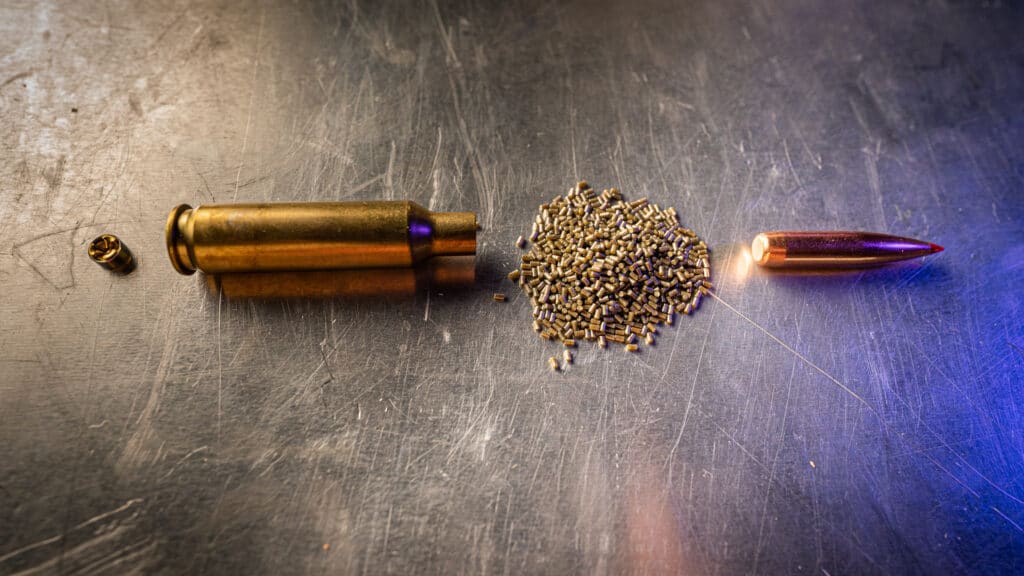How To Make Gun Powder ;
Gunpowder has been a game-changer in the world of firearms. It has revolutionized warfare, hunting, and even recreational shooting. Understanding the different types of gunpowder and how to safely and effectively create your own can be a fascinating endeavor. In this article, we will explore the secrets of gunpowder and guide you through the process of making your own using a powder coating gun.

Understanding the Different Types of Gun Powder
Gunpowder, also known as black powder, has evolved over the years, and different types have been developed to suit specific needs. The three main components of gunpowder are sulfur, charcoal, and potassium nitrate. These ingredients are mixed in specific ratios to achieve desired burn rates and performance characteristics.
Modern gunpowder comes in various forms, such as single-base propellants and double-base propellants. Single-base propellants consist of nitrocellulose, while double-base propellants include both nitrocellulose and nitroglycerin. Each type of gunpowder has its own advantages and applications.
What Can Be Used to Make Gun Powder?
Making gunpowder at home requires a thorough understanding of the process and the necessary ingredients. While it is possible to make gunpowder using household items, it is crucial to exercise caution and adhere to safety protocols. Potassium nitrate, also known as saltpeter, is the key ingredient in gunpowder and can be obtained from various sources, including garden supply stores and online retailers.
Charcoal can be made from wood or purchased from stores. Sulfur, another vital component, can be obtained from chemical supply stores. It is important to note that the production and possession of gunpowder may be regulated in your jurisdiction, so it is essential to research and comply with local laws and regulations. How To Make Gun Powder

Can We Make Gunpowder at Home?
Yes, it is possible to make gunpowder at home, but it requires careful attention to detail and adherence to safety precautions. The process involves measuring and mixing the ingredients in precise ratios, grinding them into a fine powder, and ensuring thorough incorporation. This can be achieved using a ball mill or mortar and pestle.
It is crucial to emphasize that making gunpowder at home should only be done by experienced individuals who understand the risks involved and have the necessary safety equipment and facilities. Mishandling gunpowder can lead to accidents and severe injuries, so it is essential to approach this process with utmost caution. How To Make Gun Powder
Which Gun Powder is Best?
The choice of gunpowder depends on the intended use and the type of firearm. Different firearms require specific burn rates and pressures to function optimally. It is advisable to consult with experts or refer to manufacturer guidelines to determine the best gunpowder for your specific needs.
For example, if you are using a black powder gun, traditional black powder or black powder substitutes like Pyrodex or Triple Seven are suitable choices. Smokeless powders, such as Lil’ Gun Powder or Unique Gun Powder, are commonly used in modern firearms. The burn rate and energy output of these powders differ, and it is important to select the appropriate powder for your firearm. How To Make Gun Powder
Safety Precautions When Working with Gun Powder
Working with gunpowder requires strict adherence to safety protocols. Here are some essential safety precautions to keep in mind:
- Proper Storage: Gun powder should be stored in a cool, dry place in airtight containers to prevent moisture absorption and accidental ignition.
- Ventilation: Ensure adequate ventilation in your workspace to disperse any potentially hazardous fumes.
- Protective Gear: Wear safety goggles, gloves, and a lab coat or protective clothing to minimize contact with gunpowder and protect yourself from any potential accidents.
- Fire Safety: Keep a fire extinguisher nearby and avoid smoking or open flames in the vicinity of gunpowder.
- No Sparks: Avoid using metal tools or equipment that could create sparks, as they can ignite gunpowder.
By following these safety precautions, you can minimize the risk of accidents and ensure a safe working environment when handling gunpowder.
How to Make Gun Powder Step by Step
Now let’s dive into the step-by-step process of making gunpowder using a powder coating gun. Please note that this process is for informational purposes only, and it is crucial to comply with local laws and regulations before attempting to make gunpowder at home. How To Make Gun Powder

Step 1: Gather the Ingredients
To make gunpowder, you will need the following ingredients:
- Potassium Nitrate (Saltpeter)
- Charcoal
- Sulfur
Make sure you have measured and prepared the ingredients in the correct proportions before proceeding to the next step. How To Make Gun Powder
Step 2: Grinding the Ingredients
Using a ball mill or mortar and pestle, grind the potassium nitrate, charcoal, and sulfur into a fine powder. It is essential to achieve a consistent and homogeneous mixture.
Step 3: Mixing the Ingredients
Thoroughly mix the ground ingredients in the correct ratio. The standard ratio for gunpowder is 75% potassium nitrate, 15% charcoal, and 10% sulfur. Ensure that the mixture is evenly blended to achieve proper combustion.

Step 4: Coating the Powder
Now comes the unique twist in this process. Instead of traditional methods of creating gunpowder, we will be using a powder coating gun to coat the mixture. This coating provides an added layer of stability and ease of use. How To Make Gun Powder
Step 5: Curing the Coated Powder
After coating the gunpowder mixture, it is necessary to cure it properly. Follow the instructions provided with your powder coating gun to achieve the desired curing temperature and time.
Step 6: Testing and Storage
Once the coated powder is cured, it is ready for testing. Conduct small-scale tests to determine its burn rate and performance. If satisfied, store the gunpowder in a cool, dry place in airtight containers until ready for use. How To Make Gun Powder
Conclusion
Gunpowder has played a pivotal role in shaping the world of firearms. Understanding its different types, learning how to make gunpowder safely and effectively, and exploring alternative uses can be a fascinating journey for enthusiasts. However, it is crucial to emphasize the importance of proper handling and responsible use of gunpowder. Always comply with local laws and regulations, and exercise caution when working with gunpowder. By following the guidelines and safety precautions, you can unlock the secrets of gunpowder and embark on a rewarding experience in the world of firearms.
Gunpowder was invented by the Chinese, and advanced by modern science, and without it, the world would be a totally different, if not better place. At any rate, the fact of the matter is it is gunpowder that drives the whole world of firearms, and without it, we would still be shooting the bow and arrow or throwing rocks for everything that required being shot at. So, let’s appreciate the significance of gunpowder while always prioritizing safety and responsibility.
The Early Uses of Gun Powder in Warfare
The invention of gun powder revolutionized warfare in the ancient world. The Chinese were the first to discover its potential as a weapon in the 9th century during the Tang Dynasty. Initially, gun powder was used to create flamethrowers and incendiary devices, capable of setting enemy ships and fortifications ablaze. However, it wasn’t until the 13th century that the Chinese invented the first true gunpowder-based explosive, known as the “fire lance.” This early firearm consisted of a tube filled with gun powder and projectiles, which could be ignited and launched at the enemy.
Gun powder quickly spread across Asia and the Middle East, reaching Europe in the 14th century. Its introduction revolutionized warfare by replacing traditional weapons like bows and catapults. The development of cannons and muskets enabled soldiers to fire projectiles with greater accuracy and force. The use of gun powder in warfare became widespread, forever changing the dynamics of battles and sieges.
Gun Powder in Modern Warfare
In modern warfare, gun powder continues to play a vital role in the development of advanced weaponry. While firearms have evolved significantly since the invention of gun powder, the basic principles remain the same. The controlled explosion of gun powder propels bullets or other projectiles out of a barrel at high speeds, causing damage to the target.
Gun powder is also used in the production of explosive devices such as grenades and landmines. These weapons utilize the explosive power of gun powder to create devastating effects on the battlefield. Additionally, gun powder is a key component in the production of rocket propellants, allowing for the launch of missiles and spacecraft into the vast expanse of space.
The Role of Gun Powder in the Industrial Revolution
The Industrial Revolution brought about significant advancements in various industries, and gun powder played a crucial role in this transformative era. The mining industry relied heavily on gun powder for blasting rock and extracting valuable minerals. Gunpowder was also used in the construction of railways and tunnels, aiding in the expansion of transportation networks.
Furthermore, gun powder was instrumental in the development of the iron and steel industry. It was used in blast furnaces to facilitate the smelting process, allowing for the production of large quantities of iron and steel. Gun powder’s explosive power provided the necessary heat and pressure to extract impurities from raw materials, resulting in high-quality metals.
Gun Powder in Pyrotechnics and Fireworks
One of the most visually stunning applications of gunpowder is in the world of pyrotechnics and fireworks. The vibrant colors and dazzling displays that light up the night sky during celebrations are made possible by carefully crafted mixtures of gunpowder and other chemicals.
Pyrotechnic experts have mastered the art of creating different effects using gunpowder. For example, the bright sparks and crackling sounds are achieved by incorporating metal powders into the gun powder mixture. Additional chemicals are added to produce a wide range of colors, from brilliant blues to fiery reds.
Fireworks displays are a testament to the beauty and versatility of gunpowder. They captivate audiences around the world, bringing joy and awe to people of all ages.
Exploring Other Uses of Gun Powder
Apart from warfare and pyrotechnics, gun powder finds applications in diverse fields. In the field of medicine, gunpowder is used as an antiseptic for wounds. Its antibacterial properties help prevent infections and promote faster healing. Gun powder is also used in certain traditional medicine practices for its supposed healing properties.
In the mining industry, gunpowder is still used for controlled explosions in mining operations. It allows for the safe extraction of valuable resources from the earth. Additionally, gun powder is utilized in the construction industry for demolition purposes, breaking down structures in a controlled manner.
The Future of Gun Powder and Its Potential Applications
As technology continues to advance, new applications for gun powder may emerge. Researchers are exploring the use of gun powder in propulsion systems for spacecraft and satellites, seeking to harness its explosive power for space exploration. Gun powder’s stability and ability to generate high pressures make it a potential candidate for propulsion in certain scenarios.
Furthermore, the unique properties of gun powder may find applications in other industries, such as energy storage and materials science. Its ability to release large amounts of energy quickly could be harnessed to develop more efficient batteries or even novel materials with enhanced properties.
Safety Precautions and Regulations for Handling Gun Powder
Due to the highly explosive nature of gunpowder, safety precautions and regulations are of utmost importance when handling this substance. Proper storage conditions, handling procedures, and transportation guidelines must be followed to prevent accidents and ensure the safety of individuals and communities.
Regulatory bodies, such as the Bureau of Alcohol, Tobacco, Firearms, and Explosives (ATF) in the United States, enforce strict regulations on the production, storage, and distribution of gun powder. These regulations aim to minimize the risk of accidents and misuse while allowing for the safe utilization of gunpowder in approved applications.
Historical and Cultural Significance of Gun Powder
Gun powder has left an indelible mark on human history and culture. Its invention and subsequent use in warfare altered the course of battles and shaped the geopolitical landscape. The spread of gunpowder across continents facilitated trade and cultural exchange, influencing the development of civilizations.
Culturally, gunpowder has become associated with celebrations and festivities. Fireworks displays are a common sight during national holidays and special events, symbolizing joy, unity, and the triumph of light over darkness. The spectacle of fireworks has become deeply ingrained in various cultures, representing the human desire for beauty and wonder.
Conclusion: The Versatile Uses of Gun Powder
From its humble beginnings in ancient China to its modern applications, gunpowder has proven to be a versatile substance with a wide range of uses. Its impact on warfare, industry, and entertainment cannot be overstated. As we look to the future, gunpowder may continue to find new applications and contribute to technological advancements.
However, it is essential to remember that the power of gunpowder comes with great responsibility. Strict adherence to safety precautions and regulations is crucial to ensure the safe utilization of this explosive substance. As we marvel at the vibrant colors of fireworks or witness the advancements in modern warfare, let us appreciate the rich history and multifaceted uses of gunpowder.


